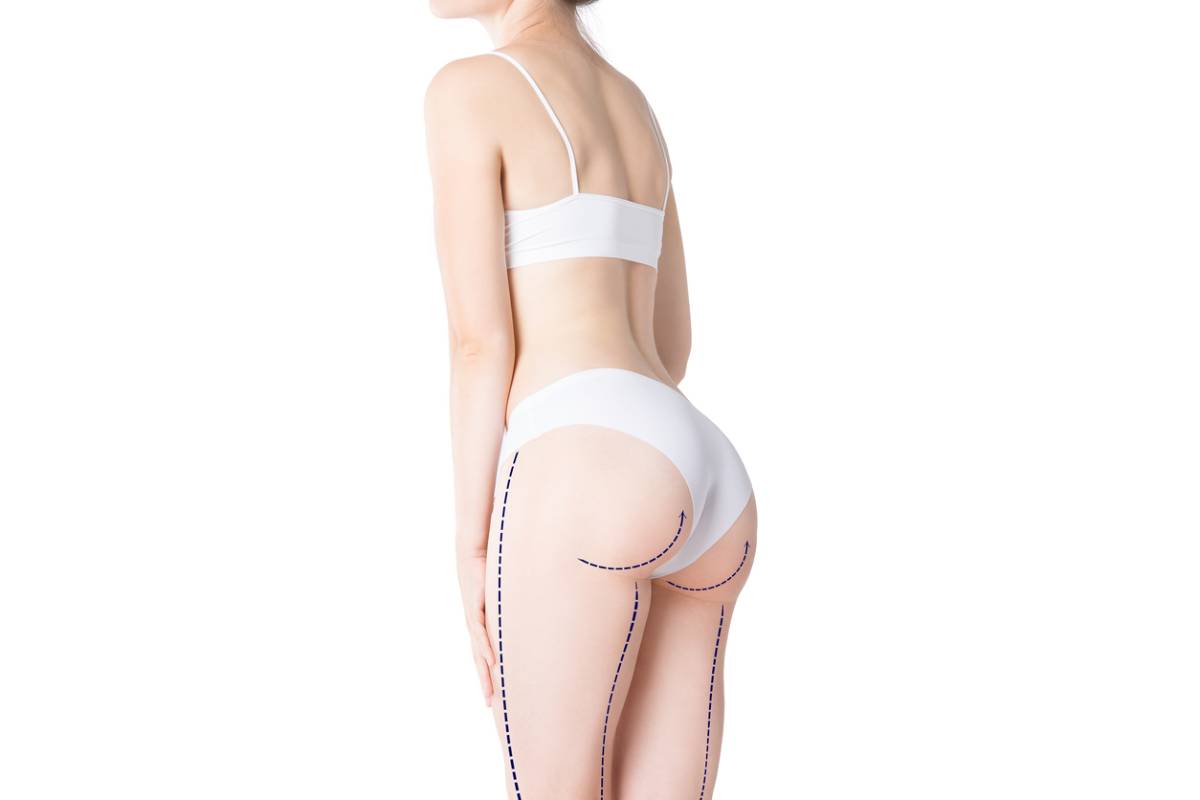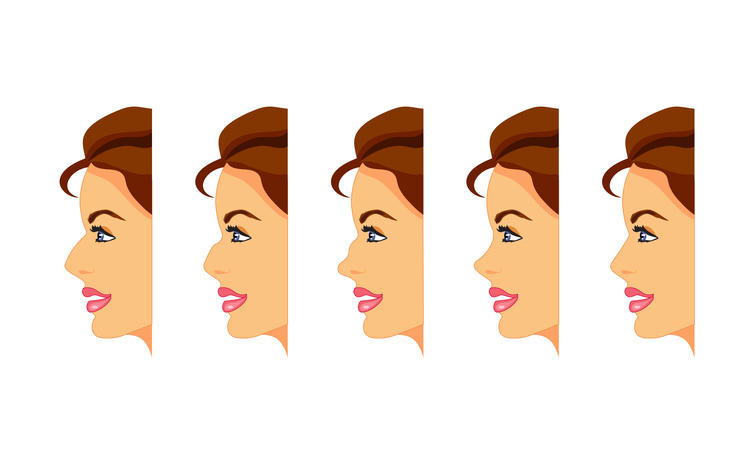Guide to the Brazilian Butt Lift Procedure
Butt enhancement is one of the most popular plastic surgery procedures across the globe, and millions of people are seeking to enhance the look of their backsides through a variety of groundbreaking augmentation methods. Below, we factor out our guide to the Brazilian butt lift procedure.
Brazilian butt lifts, also known as BBLs, are one of the most popular types of methods available to create a pronounced and voluminous backside. There are many advantages to getting this type of butt enhancement, but many patients are unsure how to start, or even what the procedure entails.
Guide to the Brazilian Butt Lift Procedure
You can read through this short guide to the Brazilian Butt Lift procedure to familiarize yourself with the entire process from beginning to end.
What Is a BBL?
A Brazilian butt lift is a surgical augmentation procedure that uses natural fat from the body to create implants. This is an alternative to using silicone or disc implants. In a typical BBL procedure, the plastic surgeon uses liposuction to remove the fat from the stomach or waist and then injects it into the patient. This creates a natural augmentation in the butt that will lift in an aesthetically pleasing way.
Dr. Chiu, a renowned Board-certified plastic surgeon in Beverly Hills, makes a surgical incision either above or below the buttocks muscle to create a pocket where the harvested fat will be inserted. Then, Dr. Chiu double-checks the size of the butt cheeks to make sure the size looks natural.
Who Qualifies for a BBL?
Many types of patients would make excellent candidates for our simple and successful Brazilian butt lift procedure. The best candidates for this procedure usually have:
- A suitable amount of fat available in the stomach, hips, lower back, and waist; there must be enough fat available for liposuction to remove so it can be re-inserted into the buttocks area.
- A good bill of health, with no underlying medical issues or chronic conditions
- Healthy eating and exercise habits, refraining from smoking or drinking too much
- Good expectations of what the surgery entails and what results may look like
- Missing fat or a lack of volume in the buttocks region
A Brazilian butt augmentation uses the patient’s fat harvested from other parts of their body, using it to form a bigger and more rounded backside for a more aesthetically pleasing look.
What Is the Recovery Process Like?
After you undergo a Brazilian butt lift procedure, it can take a few weeks to recover fully. Dr. Chiu would suggest not sitting fully on your butt for two weeks, though this time may vary depending on how big your BBL is. You might be asked to wear a compression garment around your backside for a few weeks, which helps to keep the harvested fat in place.
No Sitting
The most difficult part of recovery is not being able to sit. You should avoid prolonged sitting, especially on one side of your body, as this can shift the fat around and create some major asymmetry. There are BBL pillows you can buy to help you relax in several comfortable positions without compromising your results. After about six weeks, you can resume sitting normally.
Are BBLs More Popular Than Implants?
A Brazilian butt lift is a great alternative if you do not want silicone implants. BBLs are natural butt augmentations that take from existing fat in a less invasive procedure. While the butt may be able to be shaped more precisely with a butt implant than with a BBL, Brazilian butt lifts often feel and look more natural. Ultimately, the choice of method and procedure is totally up to you.
How Long Do BBL Results Last?
One of the risks of a BBL procedure is that the body will naturally reabsorb some of the fat that is injected into it. That is why our surgical team uses a precise method to make sure as much fat is retained as possible. Despite the possibility of some fat loss, BBLs are still an incredibly successful procedure. At least 60% of the fat injected into the butt will stay in place for a nice, rounded look.
You can enjoy the results for many years before some of the fat starts to get absorbed due to age. While the natural signs of aging cannot be avoided indefinitely, BBLs can help you reshape and restructure your body for a look that lasts for decades.
Get a Personalized BBL in Beverly Hills
Beverly Hills Plastic Surgery, Inc. offers the most luxurious methods for a butt lift in LA. Enjoy the rest of your life with a BBL that perfectly suits you when you contact us today.


